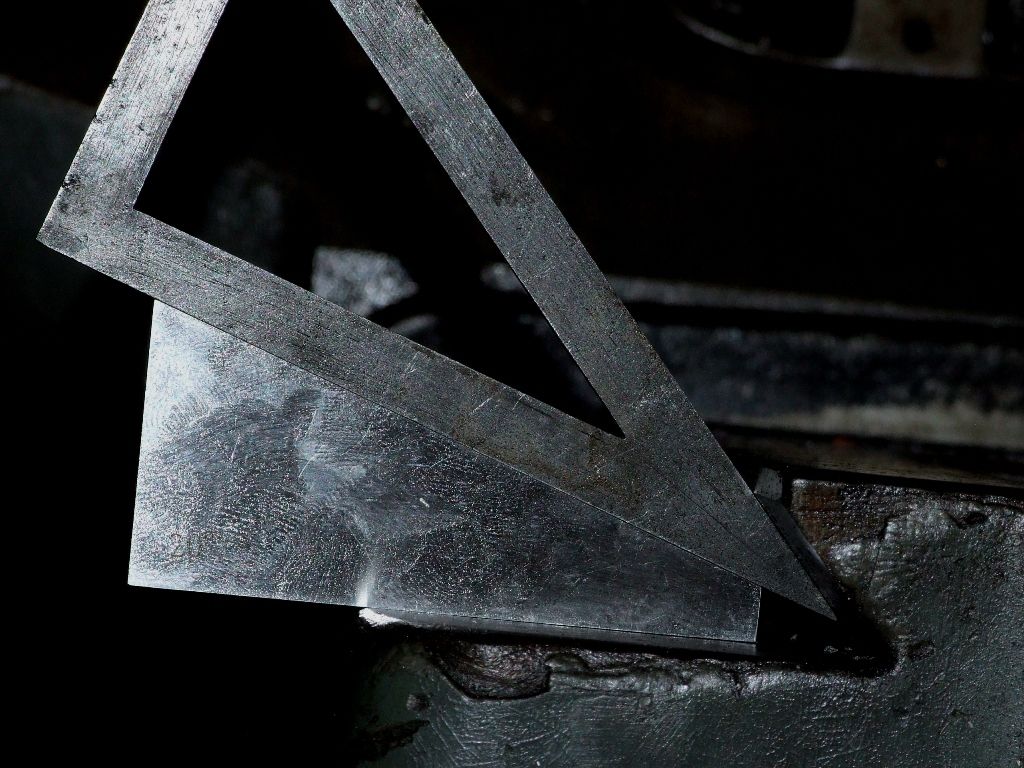It's down to the pressure of the slide down onto the part it runs on. Dovetail slides usually have clearance at the top so as the gibs are adjusted tighter more pressure is generated in a downward direction as the angle gets more acute. On the other hand there has to be some angle to prevent lifting so it's a compromise. The other aspect is side forces. The more acute the angle the greater the force on the male part of the dovetail as well as downwards. I'm sure I have seen the maths in the past some where but in real terms I doubt if there is much difference between 60 and 55 and believe 55 degree dovetail cutters have been about anyway. 45 would give bigger wear areas and if the area below the slide was larger the psi would drop so there are other ways of compensating but it would require more general rigidity.
There are some books on the archive on lathe design. The best one that even mentioned harmonic oscillations on the spindle has gone. Also if I remember correctly head length – long so that bearing alignment errors produce less errors on the work which is pretty obvious anyway. One that is still there mentions using what is basically an attachment to finally size plain spindle bearings. That was common once. It even mentions just removing rather tiny amounts, more like scraping. It doesn't mention the complications with taper plain bearings, shows several bed styles but also the common 4 rail prismatic bed. Generally the saddle guides will pass either side of the head and tail stock.
Most high end lathes that are precision such as DSG and others use a prismatic bed with 4 V's. The inner 2 are for head alignment and the tail stiock. They are also massively built which is part of the reason for the finish that they can achieve even with shallow cuts. The other is bearings.
This is a drawing of the sort of bearing arrangements this ilk of lathes use that is adjustable. There are others

They run in pumped oil and the short distance between the ones at the front help with temperature effects. There are other arrangements with 2 at the front.
I was amazed when I saw a break down of one colchester head – just 2 taper rollers. It explains one or two things I have noticed about others using lathes in tool rooms. The students I have used have hardly been used at all and I'd guess those use that arrangement too. Talk about cheap.
John
–
Ian S C.



 I guess I feel there is no point making one unless it's aimed at perfection and it needs to be made at home.
I guess I feel there is no point making one unless it's aimed at perfection and it needs to be made at home.




